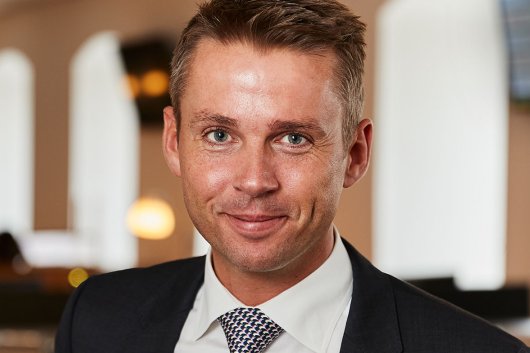Monjasa beats expectations with $26.5m profit
Higher sales volume offset by fall in average crude price.
Bunker supplier and trader Monjasa has confirmed that it achieved a net profit of $26.5m in 2019, which the firm says was 'above expectations'. The result represents an increase of $21.6m on the previous year's figure of $4.9m.
In the Danish bunker group's latest annual report, earnings before interest and taxes (EBIT) rose year-on-year by $27.8m, from $8.3m to $36.1m.
Revenue of $2.191bn was slightly up on the $2.073bn figure posted in 2018, whilst total supply volume jumped 400,000 tonnes, or 9.8 percent, to 4.5m tonnes.
Key Performance Indicators: 2015-19
Sales volume increase
The Americas region posted Monjasa's most significant sales volume increase of 35 percent, reaching 1.15m tonnes, or 25.6 percent of overall sales.
The group's top-selling bunker port last year was Balboa in Panama. The top 10 supply locations included four ports in Africa; two in both Panama and the UAE; and one in Singapore and the United Kingdom, respectively.
Top-selling bunker ports, 2019
The effect of crude oil prices on revenue
Monjasa reflected in its annual report that revenue in 2016 and 2017 had been negatively affected by lower average crude prices compared to 2015.
In 2019, meanwhile, the group's higher sales volume had been offset by an annual drop in the average price of Brent crude, from $71 to $64 per barrel.
Evaluation of performance and outlook
Discussing the results, Group CEO, Anders Østergaard, remarked: "We are proud to present this strong set of results for 2019. A special year leading up to one of the most defining moments in global shipping since the shift away from coal a century ago."
Monjasa noted that during the transition to lower-sulphur fuel, the company's objective had been to enable the smoothest possible transition for its customers. This was done by acquiring further ownership of the logistics surrounding its marine fuel operations and cultivating IMO 2020 technical knowledge across supply chain relations.
Østergaard observed: "For Monjasa, this much-anticipated shift to the more environmentally friendly marine fuels meant that our role of matching supply and demand with logistical solutions, became a critical factor across the shipping industry.
"Through extensive preparations together with our business partners, including suppliers, our oil terminals and fleet operations, Monjasa ended up strongly positioned to respond to a highly volatile market. The result was an increasing demand for our products and services, and a successful transition for our customers."
In terms of the group's financial position, Monjasa pointed out that it added four dedicated trade finance banks to its existing banking pool in 2019 and increased its overall credit facilities by an additional $160m.
Consolidated group equity increased to $135m and the solvency ratio was 29 percent.
Commenting on the outlook, Monjasa said: "Given the unfolding global Covid-19 health situation, 2020 will be another demanding year for most global industries, including the maritime. However, confirming a solid position among the world’s top-10 marine fuel suppliers in 2019, Monjasa remains confident of representing a safe port for new and loyal customers throughout 2020 as well."
In the Danish bunker group's latest annual report, earnings before interest and taxes (EBIT) rose year-on-year by $27.8m, from $8.3m to $36.1m.
Revenue of $2.191bn was slightly up on the $2.073bn figure posted in 2018, whilst total supply volume jumped 400,000 tonnes, or 9.8 percent, to 4.5m tonnes.
Key Performance Indicators: 2015-19
| Year | Net Profit ($m) | Revenue ($m) | Sales Volume (MMT) | |
| 2015 | 24.0 | 1,602 | 4.2 | |
| 2016 | -26.0 | 1,159 | 3.9 | |
| 2017 | 6.8 | 1,407 | 3.5 | |
| 2018 | 4.9 | 2,073 | 4.1 | |
| 2019 | 26.5 | 2,191 | 4.5 |
Sales volume increase
The Americas region posted Monjasa's most significant sales volume increase of 35 percent, reaching 1.15m tonnes, or 25.6 percent of overall sales.
The group's top-selling bunker port last year was Balboa in Panama. The top 10 supply locations included four ports in Africa; two in both Panama and the UAE; and one in Singapore and the United Kingdom, respectively.
Top-selling bunker ports, 2019
| Ranking | Port | Country |
| 1 | Balboa | Panama |
| 2 | Lomé | Togo |
| 3 | Singapore | Singapore |
| 4 | Cristobal | Panama |
| 5 | Fujairah | UAE |
| 6 | Jebel Ali | UAE |
| 7 | Port Gentil | Gabon |
| 8 | Portland | UK |
| 9 | Pointe-Noire | Republic of Congo |
| 10 | Takoradi | Ghana |
The effect of crude oil prices on revenue
Monjasa reflected in its annual report that revenue in 2016 and 2017 had been negatively affected by lower average crude prices compared to 2015.
In 2019, meanwhile, the group's higher sales volume had been offset by an annual drop in the average price of Brent crude, from $71 to $64 per barrel.
Evaluation of performance and outlook
Discussing the results, Group CEO, Anders Østergaard, remarked: "We are proud to present this strong set of results for 2019. A special year leading up to one of the most defining moments in global shipping since the shift away from coal a century ago."
Monjasa noted that during the transition to lower-sulphur fuel, the company's objective had been to enable the smoothest possible transition for its customers. This was done by acquiring further ownership of the logistics surrounding its marine fuel operations and cultivating IMO 2020 technical knowledge across supply chain relations.
Østergaard observed: "For Monjasa, this much-anticipated shift to the more environmentally friendly marine fuels meant that our role of matching supply and demand with logistical solutions, became a critical factor across the shipping industry.
"Through extensive preparations together with our business partners, including suppliers, our oil terminals and fleet operations, Monjasa ended up strongly positioned to respond to a highly volatile market. The result was an increasing demand for our products and services, and a successful transition for our customers."
In terms of the group's financial position, Monjasa pointed out that it added four dedicated trade finance banks to its existing banking pool in 2019 and increased its overall credit facilities by an additional $160m.
Consolidated group equity increased to $135m and the solvency ratio was 29 percent.
Commenting on the outlook, Monjasa said: "Given the unfolding global Covid-19 health situation, 2020 will be another demanding year for most global industries, including the maritime. However, confirming a solid position among the world’s top-10 marine fuel suppliers in 2019, Monjasa remains confident of representing a safe port for new and loyal customers throughout 2020 as well."
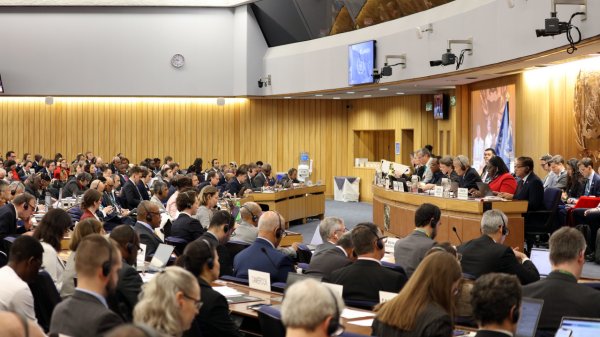
|
IMO approves pricing mechanism based on GHG intensity thresholds
Charges to be levied on ships that do not meet yearly GHG fuel intensity reduction targets. |
|
|
|
||
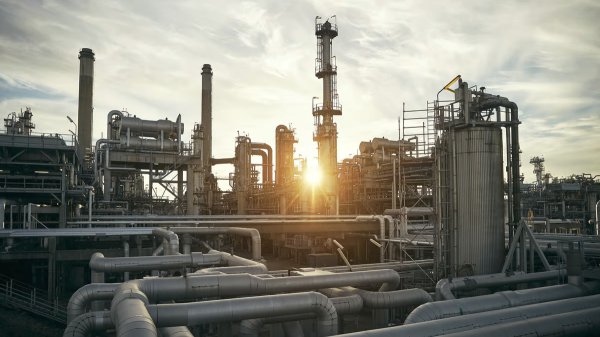
|
VARO Energy expands renewable portfolio with Preem acquisition
All-cash transaction expected to complete in the latter half of 2025. |
|
|
|
||
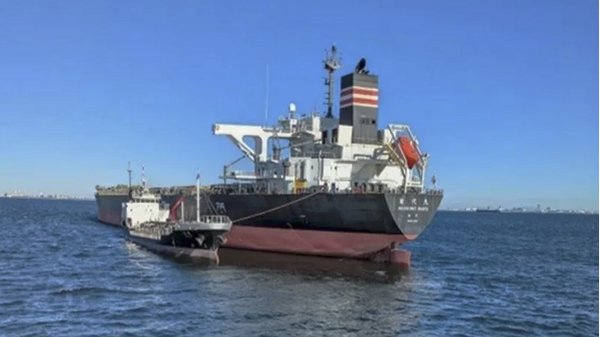
|
NYK trials biofuel in milestone coal carrier test
Vessel is used to test biofuel for domestic utility company. |
|
|
|
||
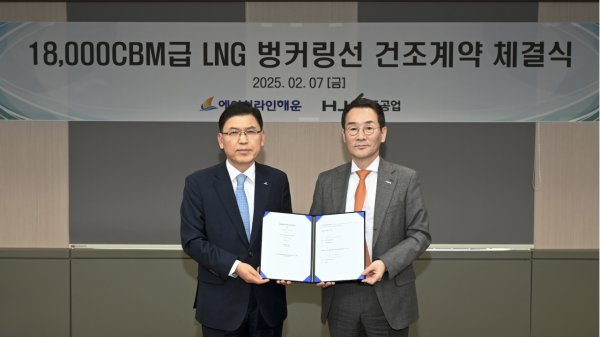
|
H-Line Shipping orders LNG bunkering vessel
Vessel with 18,000-cbm capacity to run on both LNG and MDO. |
|
|
|
||
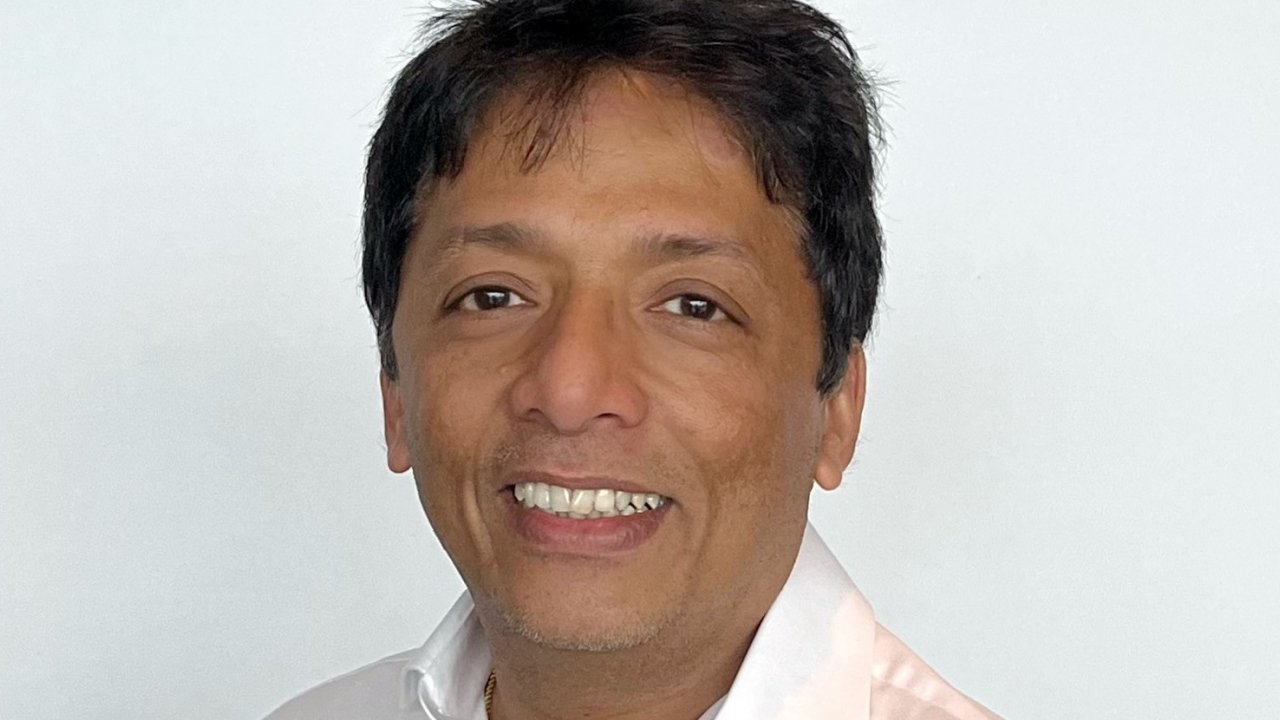
|
How to engineer and manage green shipping fuels | Stanley George, VPS
Effective management strategies and insights for evolving fuel use. |
|
|
|
||
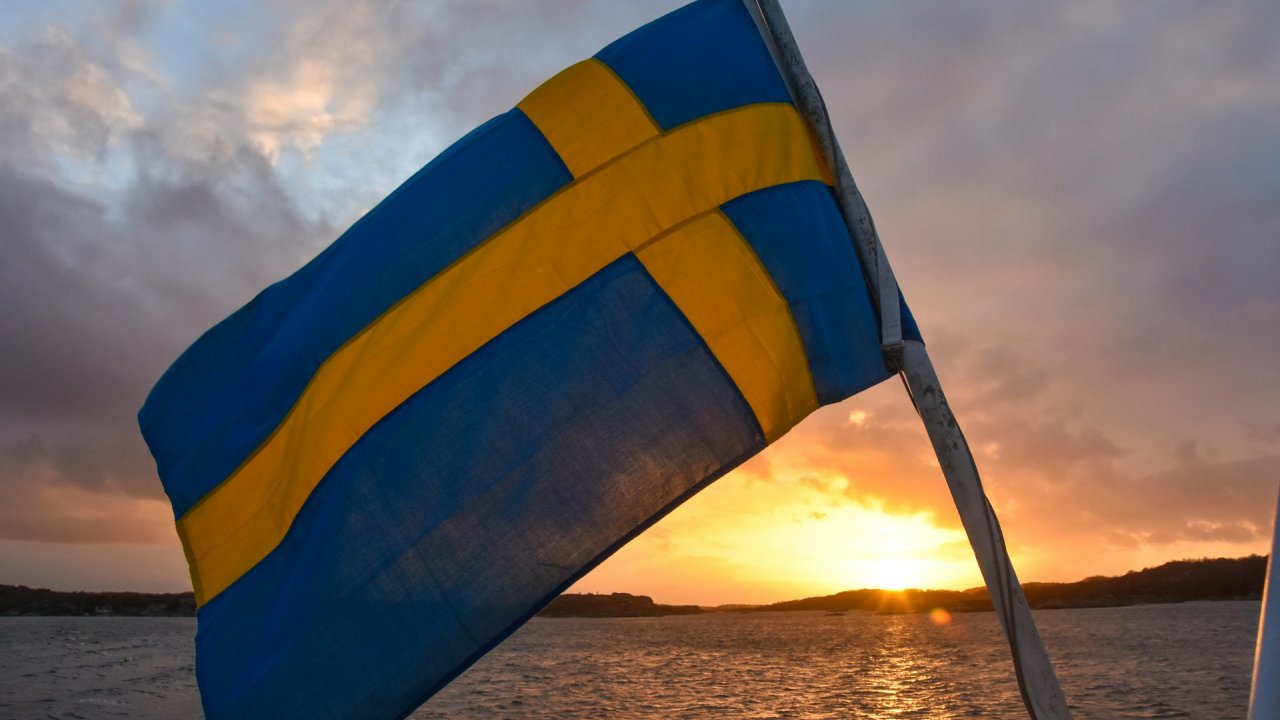
|
Swedish government bans scrubber wastewater discharges
Discharges from open-loop scrubbers to be prohibited in Swedish waters from July 2025. |
|
|
|
||
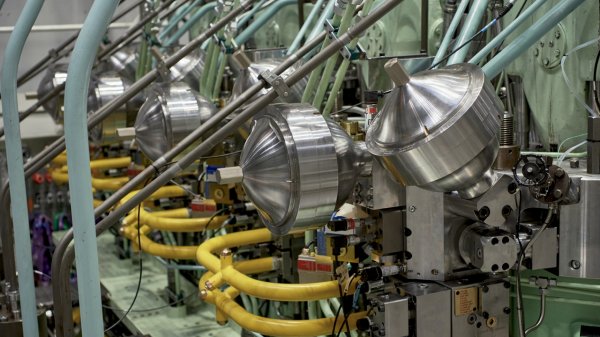
|
MAN Energy Solutions achieves 100% load milestone for ammonia engine
Latest tests validate fuel injection system throughout the entire load curve. |
|
|
|
||
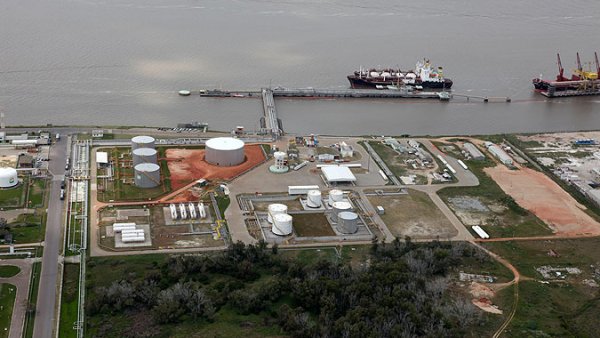
|
Petrobras secures ISCC EU RED certification for B24 biofuel blend at Rio Grande
Blend consisting of 24% FAME is said to have been rigorously tested to meet international standards. |
|
|
|
||
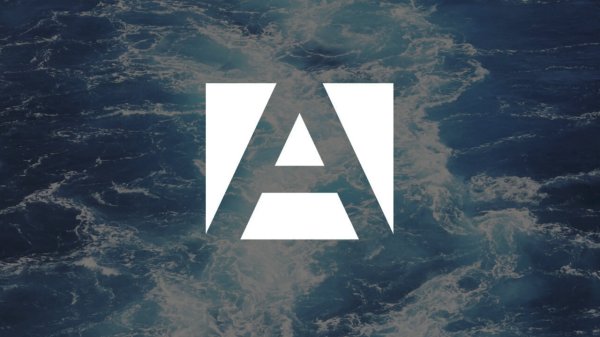
|
Stolt-Nielsen to fully control Avenir LNG with acquisition
Share purchase agreement to buy all shares from Golar LNG and Aequitas. |
|
|
|
||
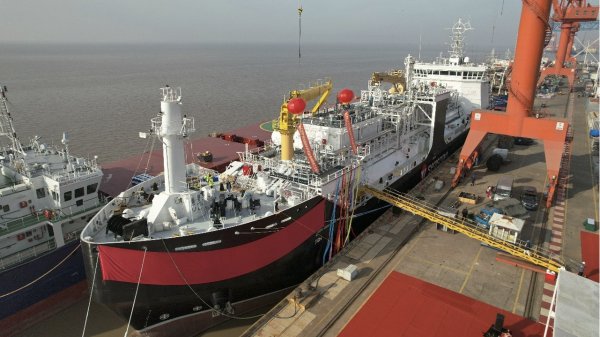
|
Bureau Veritas supports launch of CIMC SOE's LNG bunkering vessel
Handover of Seaspan Energy's cutting-edge 7,600-cbm vessel completed. |
|
|
|
||
Related Links
- · Monjasa completes first ship-to-ship VLSFO supply [Insights]
- · Monjasa seals US financing deal with JP Morgan [Insights]
- · Monjasa acquires five tankers ahead of IMO 2020 [Insights]
-
· Monjasa A/S [Directory]

